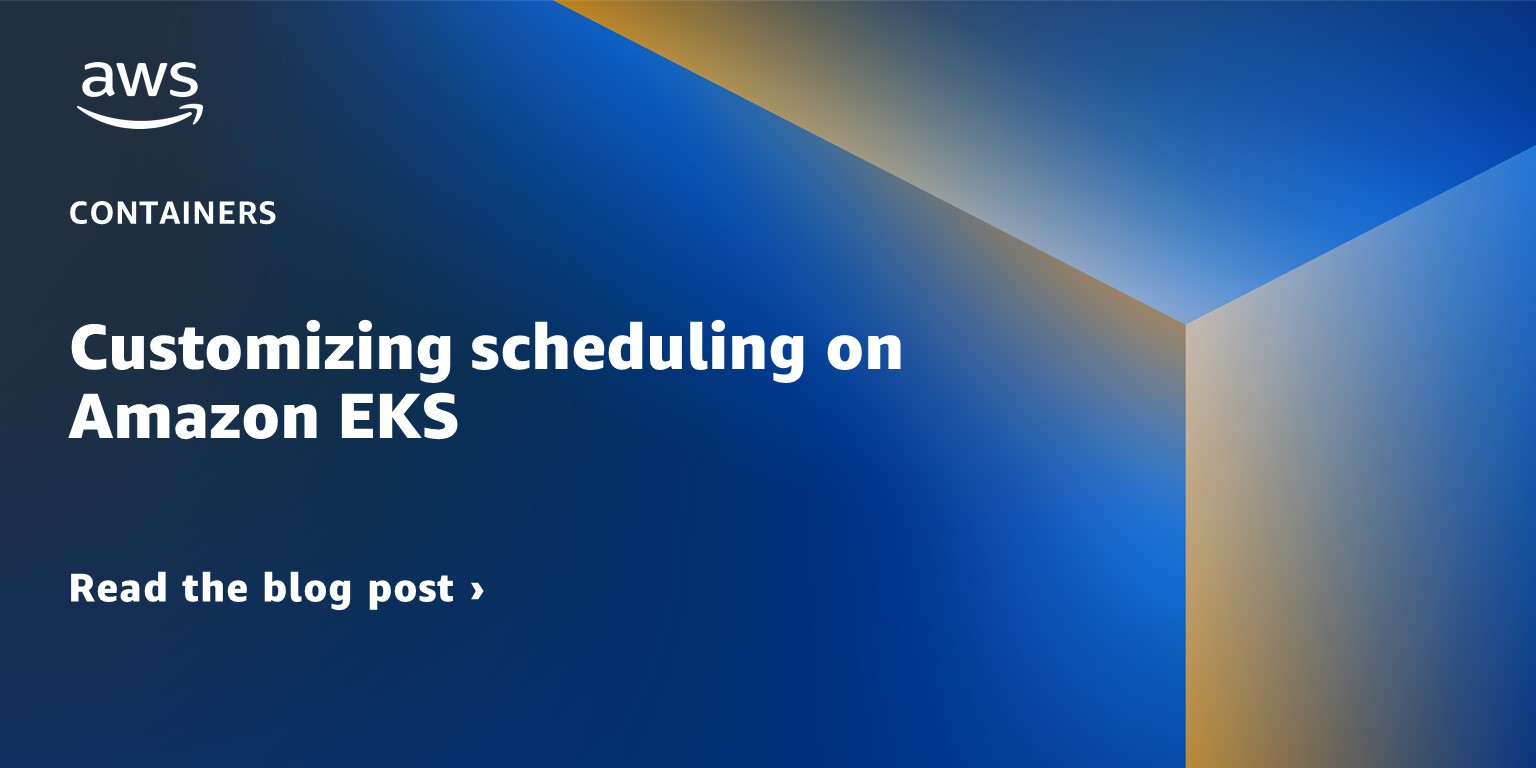Containers
Category: Technical How-to
Leverage AWS secrets stores from EKS Fargate with External Secrets Operator
Secrets management is a challenging but critical aspect of running secure and dynamic containerized applications at scale. To support this need to securely distribute secrets to running applications, Kubernetes provides native functionality to manage secrets in the form of Kubernetes Secrets. However, many customers choose to centralize the management of secrets outside of their Kubernetes […]
Run an active-active multi-region Kubernetes application with AppMesh and EKS
As application architects we have come across many customers who are moving towards a container-only strategy for their most critical application workloads. While using managed container services like Amazon Elastic Container Service (ECS), Amazon Elastic Kubernetes Service (EKS), and AWS Fargate make it easy to manage complex workloads, AWS offers a lot more in terms […]
Troubleshooting Amazon EKS API servers with Prometheus
It’s every on-call’s nightmare—awakened by a text at 3 a.m. from your alert system that says there’s a problem with the cluster. You need to quickly determine if the issue is with the Amazon EKS managed control plane or the new custom application you just rolled out last week. Even though you installed the default […]
Harden Amazon EKS in minutes with Styra DAS Free and OPA
In the Amazon EKS Best Practices Guide, AWS recommends Open Policy Agent (OPA) as a policy-as-code (PaC) solution for Kubernetes pod security. The long list of pros provided for PaC focuses mainly on the flexibility and comprehensive control that PaC provides when compared with built-in pod security admission. While PaC brings powerful flexibility, it can […]
Amazon EKS and Spot Instances in action at Delivery Hero
This post was coauthored by Christos Skevis, Senior Engineering Manager, Delivery Hero; Giovanny Salazar, Senior Systems Engineer, Delivery Hero; Miguel Mingorance, Senior Systems Engineer at Delivery Hero at the time the blog post was written; Cristian Măgherușan-Stanciu, Senior Specialist Solutions Architect, Flexible Compute, AWS; and Sascha Möllering, Principal Specialist Solutions Architect, Containers, AWS. This post […]
Customizing scheduling on Amazon EKS
The interest in Kubernetes spiked in the fall of 2019, according to Google Trends. The US Department of Defense’s announcement that they had deployed Kubernetes on an F-16 could have attributed to the surge in interest. Today, Kubernetes is found in virtually every industry; from building Blockchain networks to 5G networks, customers use Kubernetes to […]
Using IAM database authentication with workloads running on Amazon EKS
Amazon Elastic Kubernetes Service (Amazon EKS) is a managed service that you can use to run Kubernetes on AWS without needing to install, operate, and maintain your own Kubernetes control plane or nodes. When running containerized workloads on Amazon EKS, it is common to store the stateful parts of the application outside of the Kubernetes […]
Track costs with detailed billing reports for Amazon EKS on AWS Fargate
Many AWS customers use Amazon Elastic Kubernetes Service (Amazon EKS) to run container workloads on AWS Fargate because it offers reduced operational complexity with right-sized, on-demand compute for containers. As customers scale their deployments on Fargate, they have expressed a need to track consumption with more specificity, such as usage from individual pods, namespaces, clusters, […]
Measuring portability time objective as a metric for migrating to Red Hat Openshift Service on AWS (ROSA)
This post was co-written by Mark Taylor, OpenShift Systems Engineer, IBM Consulting; Ian Packer, Chief AWS Architect, IBM Consulting; and Arnaud Lauer, Partner Solutions Architect, AWS. Customers are putting greater focus on portability as part of their strategies when adopting cloud computing. Red Hat OpenShift Service on AWS (ROSA) platform provides an agile and flexible […]
Fine-grained IAM roles for Red Hat OpenShift Service on AWS (ROSA) workloads with STS
Red Hat OpenShift Service on AWS (ROSA) is a fully managed OpenShift service, jointly supported by both Red Hat and Amazon Web Services (AWS) and managed by the Red Hat SRE team. This relieves customers of cluster lifecycle management, allowing them to focus on building applications rather than maintaining the OpenShift clusters. ROSA has recently […]









